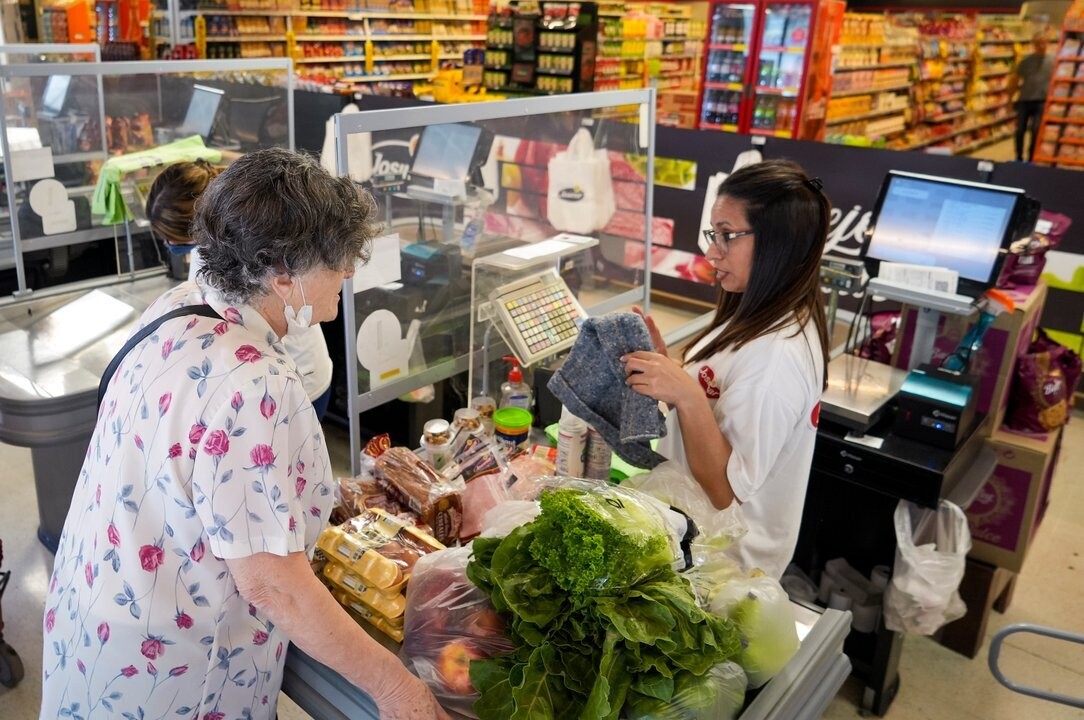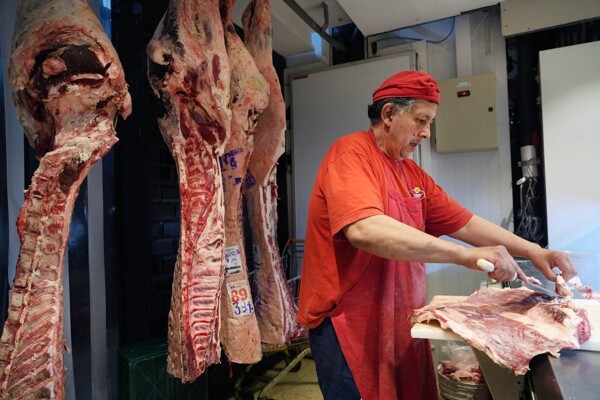
Large supermarket chains that offer cash delivery services to their banked customers have faced the challenge of handling fewer bills in their registers. A recent survey by INDEC revealed that in November 2024, less than 20% of transactions made in supermarkets were in cash, compared to 37% seven years ago. Meanwhile, payments with debit and credit cards have increased by more than 30%, according to the Payway Index.
Supermarkets have seen a decrease in their sales, with an 18% year-on-year decline in mass consumption in December of last year and a cumulative drop of 13.9% in 2024. In response to this situation, many stores have implemented self-management for digital payments, which has expedited the payment process and eased the workload of cashiers.
In the last quarter of last year, QR transactions experienced significant growth, exceeding 200%. This increase is partly due to the rise in the use of virtual wallets and banking applications. Banks and virtual wallets have actively promoted this payment method, leading to a 212% increase in QR transactions compared to the previous year.
During the end-of-year festivities, QR usage soared by 197% compared to the previous year, reaching a record 71 million transactions processed in just two weeks. According to a report by COELSA, 62% of QR users are men and 38% are women, with Millennials leading the use of this technology, followed by Generation X.
The growth of QR operations has been driven by the increase in bank and non-bank accounts, which grew by 48% between December 2023 and December 2024. Additionally, immediate transfers between bank accounts and fintech increased by 47% compared to the last quarter of the previous year.














